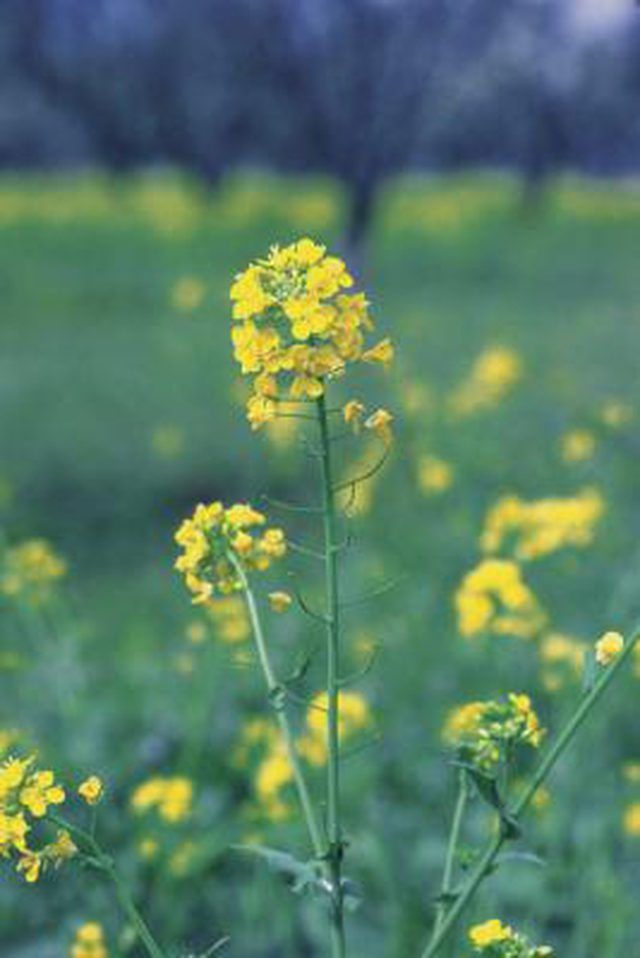Bulbs
Flower Basics
Flower Beds & Specialty Gardens
Flower Garden
Garden Furniture
Garden Gnomes
Garden Seeds
Garden Sheds
Garden Statues
Garden Tools & Supplies
Gardening Basics
Green & Organic
Groundcovers & Vines
Growing Annuals
Growing Basil
Growing Beans
Growing Berries
Growing Blueberries
Growing Cactus
Growing Corn
Growing Cotton
Growing Edibles
Growing Flowers
Growing Garlic
Growing Grapes
Growing Grass
Growing Herbs
Growing Jasmine
Growing Mint
Growing Mushrooms
Orchids
Growing Peanuts
Growing Perennials
Growing Plants
Growing Rosemary
Growing Roses
Growing Strawberries
Growing Sunflowers
Growing Thyme
Growing Tomatoes
Growing Tulips
Growing Vegetables
Herb Basics
Herb Garden
Indoor Growing
Landscaping Basics
Landscaping Patios
Landscaping Plants
Landscaping Shrubs
Landscaping Trees
Landscaping Walks & Pathways
Lawn Basics
Lawn Maintenance
Lawn Mowers
Lawn Ornaments
Lawn Planting
Lawn Tools
Outdoor Growing
Overall Landscape Planning
Pests, Weeds & Problems
Plant Basics
Rock Garden
Rose Garden
Shrubs
Soil
Specialty Gardens
Trees
Vegetable Garden
Yard Maintenance
The Life Cycle of Mustard Plants
The Life Cycle of Mustard Plants. The mustard plant was one of the first domesticated plants, according to Purdue University Extension. There are several varieties, including yellow, Oriental and brown, all of which grow in North America.

The mustard plant was one of the first domesticated plants, according to Purdue University Extension. There are several varieties, including yellow, Oriental and brown, all of which grow in North America.
Germination Period
The germination period marks the beginning of the mustard plant's life cycle. Mustard is a cool season plant, and seeds can germinate at temperatures as low as 40 F. In the right conditions, it can emerge in as little as 5 to 10 days. Plant in fertile, well-drained loam soil for best results.
Time Frame
After the germination period, mustard plants should grow rapidly. Yellow mustard matures within 80 to 85 days, and Oriental and brown varieties mature within 90 to 95 days. Within 4 to 5 weeks of planting, the plants will cover the ground, and flower buds usually appear within 6 weeks. Blooming periods that last more than 15 days will create optimal crop yields.
Harvesting
Harvest mustard leaves when they are still young and tender. Yellow mustard seeds can be harvested by either swathing or straight combining. Oriental and brown varieties should be harvested by swathing, since they shatter more easily than yellow varieties. Harvest mustard in the morning when plant leaves seeds are yellow or brown. Cut the plants just below the lowest seed pods.